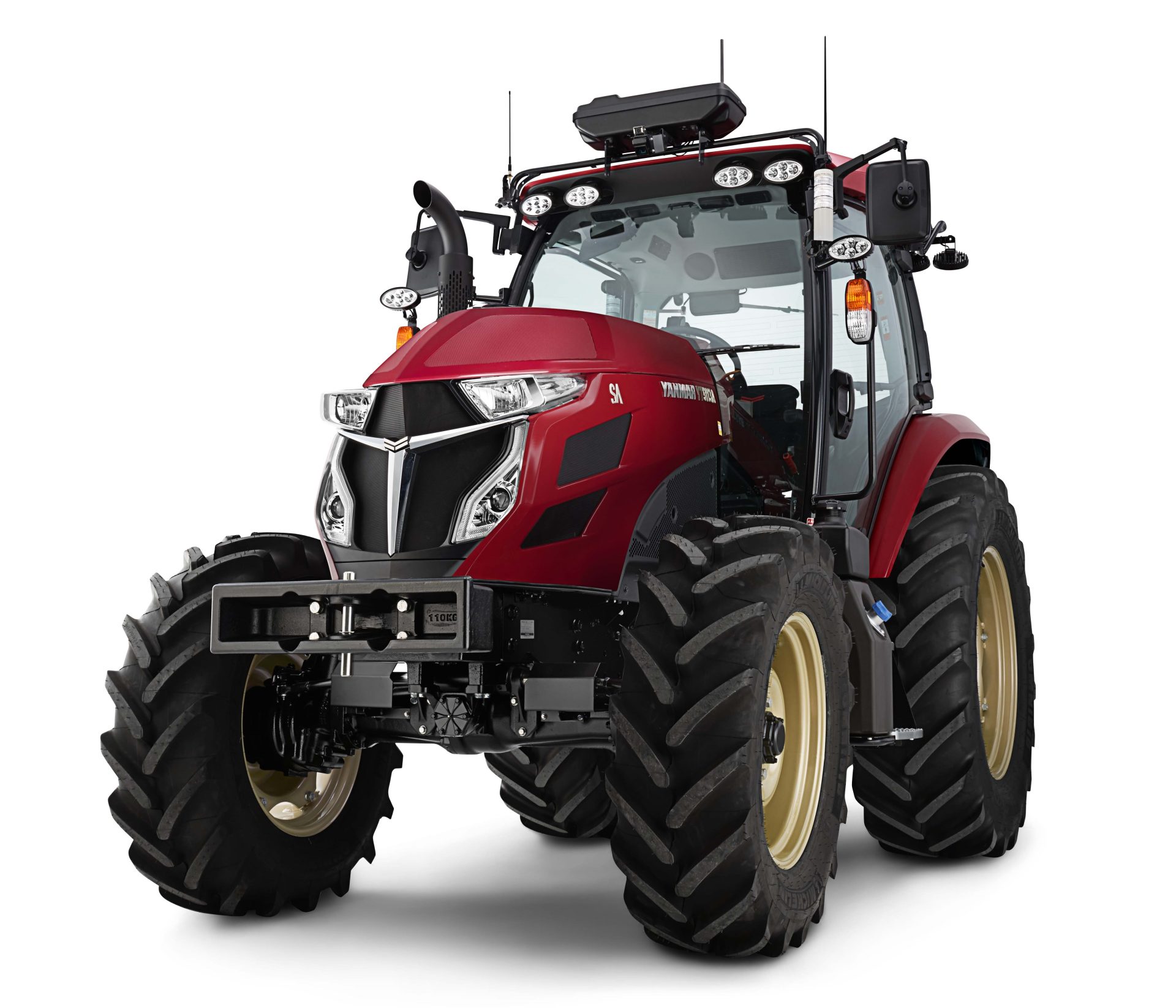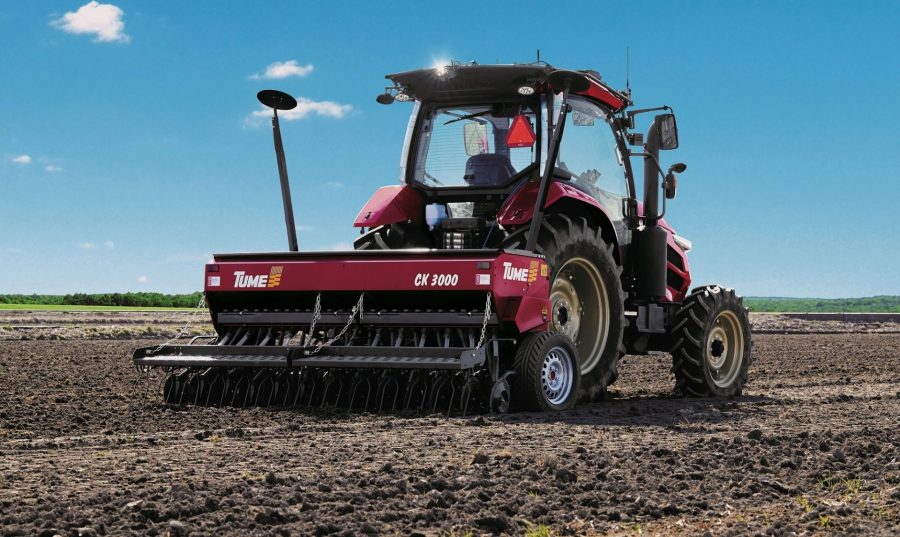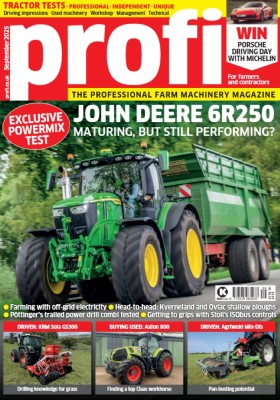The most important upgrade to Yanmar’s latest range of autonomous tractors includes a multi-frequency antenna for 75% faster processing times and increased positioning accuracy.
Capable of full or partially autonomous work, the revised models, which will be on sale in Japan from April 1 this year, include the YT488A (88hp), 498A (98hp), 4104A (104hp), plus, the 113hp flagship 5113A previewed at the 2019 Agritechnica.
By receiving signals at three different frequencies from the GNSS satellite, Yanmar says the new multi-frequency antenna allows the tractor to receive local reference point positioning data to determine its position via a VRS (Virtual Reference Station).

This means it is no longer necessary to install a base station and the system can be used anywhere a mobile signal is available. This ensures safe operation even if the signal from one of the frequencies is interrupted, says the company, which adds the higher levels of accuracy allow precision field work to be carried out at speeds as low as 0.5km/hr.
Recent years have seen an increase in large scale farming in Japan, brought on by consolidation of smaller farms into larger enterprises. At the same time, a declining and aging farming population has led to workforce shortages in Japanese agriculture.
In Japan, most of its tractors have been bought by farms, which use one of the tablet-operated tractors from the cab of a second tractor in the same field. The company expects a big future for autonomous tractors in Europe, but it doesn’t know if/when they will available.
“With these new models, Yanmar offers farmers even more value with more robust positioning technology that allows even greater flexibility in the field,” says Nagamori Masuda, Yanmar Agribusiness president.
Yanmar first spoke of plans to develop a range of driverless tractors at the 2015 Agritechnica. Agritechnica: Yanmar works on driverless tractors | profi

The first tractors were in the field early 2018. Yanmar field tests driverless tractors | profi






